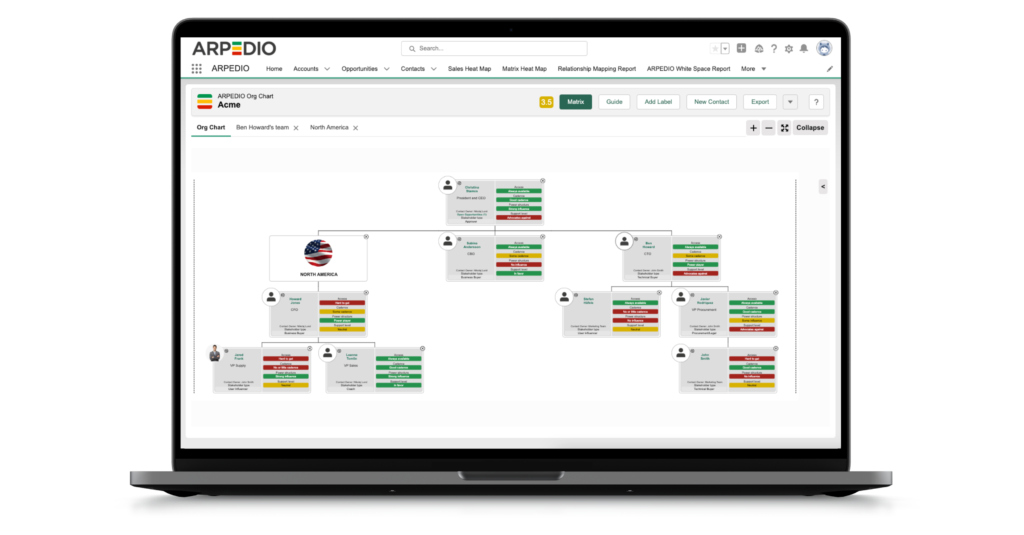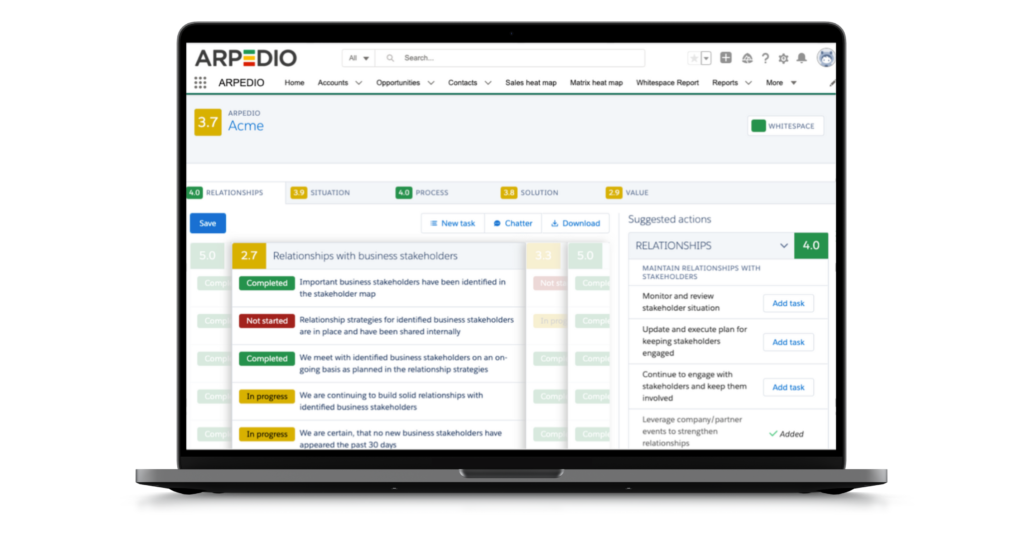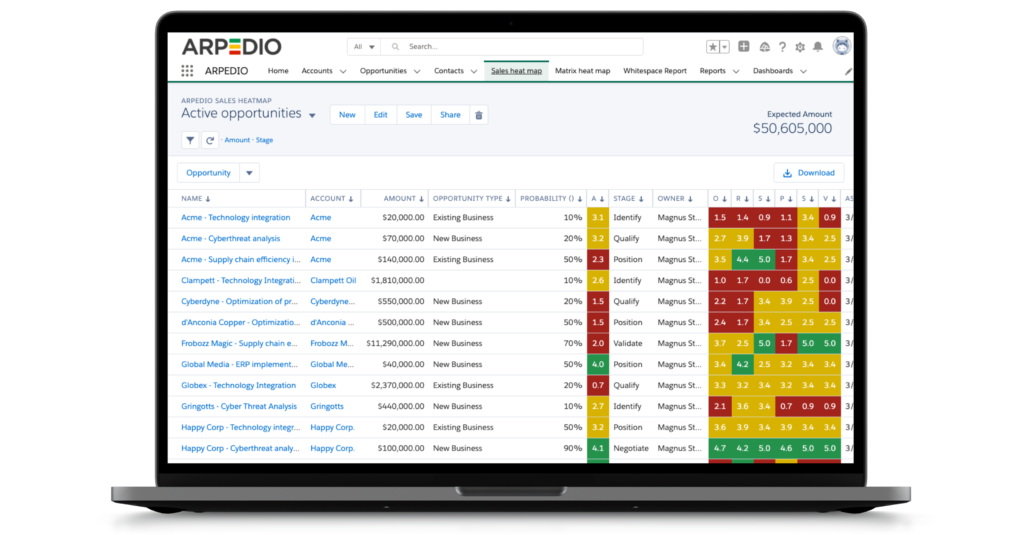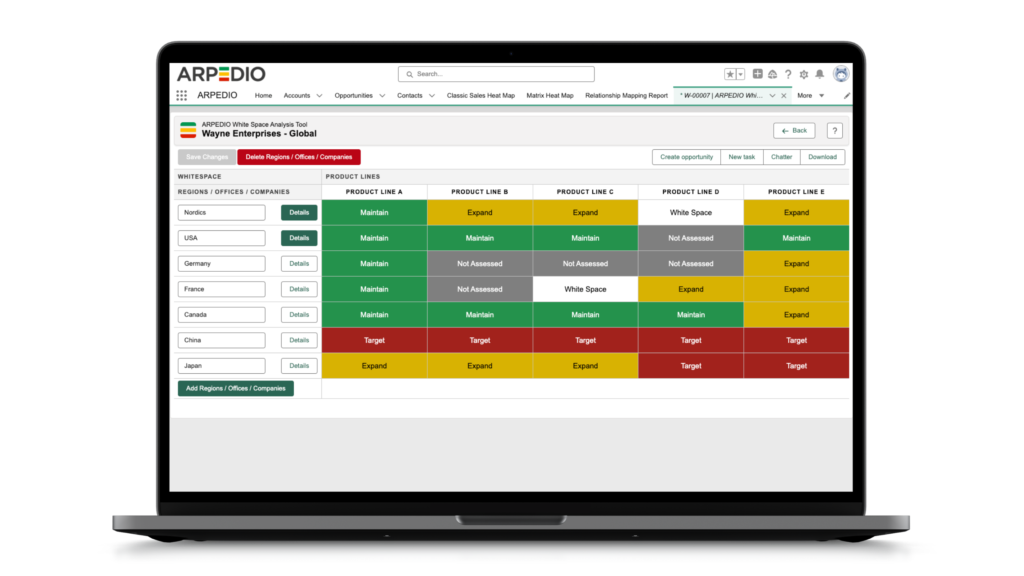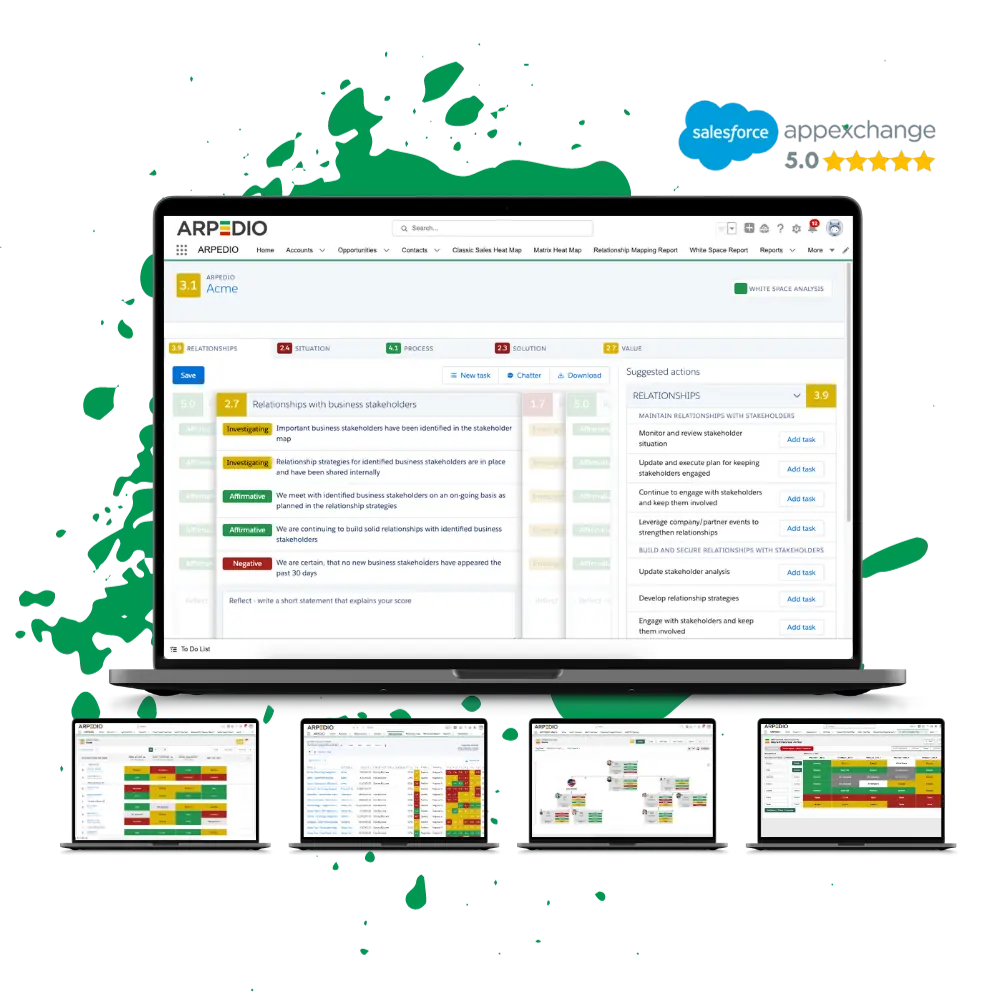As companies strive to build lasting relationships with their clients, the need for effective Account Management strategies and tools becomes paramount. One such essential component is the use of Metrics and Key Performance Indicators (KPIs) to measure and drive Account Management success. In this blog post, we will explore the crucial metrics and KPIs that can elevate your Account Management game and ensure lasting client satisfaction.
Table of Contents
Why Metrics and KPI’s are so important
Understanding and leveraging metrics and Key Performance Indicators (KPIs) is not just a practice – it’s a strategic imperative. Let’s delve into why these measurement tools are pivotal for driving success in account management:
- Strategic Decision-Making:
Metrics and KPIs provide a data-driven foundation for strategic decision-making. By analyzing quantifiable data, Account Managers gain insights into what works and what needs improvement. This, in turn, informs strategic decisions that are aligned with customer needs and business goals. - Client-Centric Approach:
Customer satisfaction is at the core of Account Management. Metrics and KPIs allow teams to adopt a client-centric approach by gauging satisfaction levels, identifying pain points, and addressing client needs promptly. This approach builds trust and fosters long-term relationships. - Continuous Improvement:
The business landscape is dynamic, and client needs evolve. Regularly monitoring metrics enables Account Managers to adapt and improve their strategies continuously. Whether it’s refining communication methods, optimizing service delivery, or enhancing product features, a commitment to improvement is facilitated by a keen understanding of key metrics. - Proactive Issue Resolution:
Metrics act as an early warning system. By tracking leading indicators, Account Managers can identify potential issues before they escalate. This proactive approach to issue resolution enhances client satisfaction and prevents minor problems from becoming major challenges.
- Resource Optimization:
Resources are finite, and optimizing them is crucial for operational efficiency. Metrics and KPIs guide Account Managers in allocating resources effectively, ensuring that efforts are focused on activities that yield the highest return on investment and contribute to overall account success. - Demonstrating Value to Clients:
Clients, just like any stakeholder, appreciate transparency and evidence of value. Metrics and KPIs serve as tangible proof of the impact of Account Management efforts. Sharing these insights with clients not only builds trust but also reinforces the value proposition of your services. - Goal Alignment:
Metrics align Account Management activities with broader business goals. Whether it’s increasing revenue, improving customer loyalty, or expanding market share, setting and measuring against KPIs ensures that every action taken by the Account Management team contributes to the organization’s overall success. - Performance Accountability:
Metrics instill a sense of accountability within the Account Management team. When everyone understands the specific metrics tied to their responsibilities, it becomes clear how their performance contributes to the collective success of the team and the organization.
In conclusion, the adoption of Metrics and KPIs in Account Management is not just about tracking numbers; it’s about driving strategic decisions, fostering client-centric practices, and continuously improving to deliver maximum value.
The Metrics and KPIs You Need to Consider
Now, let’s establish the crucial metrics and KPIs that can elevate your Account Management game:
Customer Satisfaction (CSAT): At the heart of successful Account Management lies customer satisfaction. Utilizing CSAT scores allows you to gauge how well your team is meeting client expectations. Regular surveys, feedback forms, and customer interactions can provide valuable insights into the overall satisfaction levels of your clients.
Net Promoter Score (NPS): NPS is a powerful metric that measures customer loyalty and the likelihood of clients recommending your services. By understanding your NPS, you can identify promoters who are likely to advocate for your brand and detractors who may need additional attention. A positive NPS is a clear indicator of a successful Account Management strategy.
Retention Rate: Retaining clients is often more cost-effective than acquiring new ones. Monitoring your retention rate provides a snapshot of how well your Account Management team is maintaining and nurturing existing client relationships. A high retention rate is a strong indicator of customer loyalty and satisfaction.
Customer Lifetime Value (CLV): Understanding the long-term value of a customer is vital for making strategic decisions. CLV takes into account the revenue generated from a customer throughout their entire relationship with your company. By increasing CLV, your Account Management team can focus on activities that contribute to the overall profitability of the client relationship.
Upsell and Cross-sell Metrics: Effectively expanding the scope of your services within existing accounts is a key aspect of Account Management success. Monitor metrics related to upselling and cross-selling to evaluate the effectiveness of your team in identifying opportunities for additional value and revenue generation.
Time-to-Value: How quickly your clients realize value from your products or services is crucial. Monitoring the time-to-value metric helps identify any roadblocks in the onboarding process and ensures a smooth transition from prospect to satisfied customer.
Activity and Engagement Metrics: Track the activities and engagement levels of your Account Management team. Metrics such as the number of client meetings, calls, emails, and other interactions provide insights into the team’s proactive approach and dedication to building strong client relationships.
8 Steps Towards a Successful Account Management Strategy
Let’s explore how the strategic use of KPIs can fuel a culture of continuous improvement within your Account Management team:
1. Identify Baseline Performance
Begin by establishing baseline performance metrics. This involves understanding the current state of key aspects such as customer satisfaction, retention rates, and upselling opportunities. These baseline metrics serve as a reference point against which improvements can be measured.
2. Set Clear and Measurable Goals
Define specific, measurable, and achievable goals that align with broader organizational objectives. Whether the focus is on increasing client satisfaction, boosting revenue through upselling, or improving the efficiency of account management processes, clear goals provide direction for improvement efforts.
3. Regularly Monitor and Analyze KPIs
Continuous improvement requires continuous monitoring. Regularly track and analyze relevant KPIs to identify trends, patterns, and areas for enhancement. Utilize data-driven insights to uncover both strengths and weaknesses within the account management process.
4. Encourage Team Collaboration
Foster a collaborative environment where team members actively share insights and best practices related to KPIs. Encourage open communication about challenges and successes, creating a culture that values learning from one another and collectively striving for improvement.
5. Implement Actionable Feedback Loops
KPIs should not be viewed in isolation but as part of a dynamic feedback loop. Act on the insights gained from KPI analysis by implementing targeted strategies for improvement. Whether it involves refining communication approaches, adjusting service delivery processes, or enhancing client engagement initiatives, the key is to act on the data.
6. Regular Training and Skill Development
Identify areas where the team may benefit from additional training or skill development. Use KPIs to pinpoint specific skill gaps or knowledge deficiencies and provide relevant training to empower team members to excel in their roles.
7. Celebrate Successes and Learn from Failures
Acknowledge and celebrate achievements when KPIs reflect positive outcomes. Equally important is learning from setbacks. Use instances where KPIs fall short of expectations as opportunities for constructive reflection and improvement.
8. Adapt Strategies Based on KPI Insights
The dynamic nature of business requires agility in strategy. Adapt account management strategies based on the insights gleaned from KPIs. Be flexible in adjusting approaches to better align with evolving client needs and market conditions.
Conclusion
When speaking of Account Management, the integration of Metrics and Key Performance Indicators (KPIs) emerges as a transformative force, reshaping how businesses cultivate and nurture client relationships. As we’ve explored, these measurement tools are not mere data points; they are strategic instruments guiding every facet of account management towards success.
The significance of KPIs extends beyond a numerical representation; it’s about realigning goals, optimizing resources, and ensuring the utmost client satisfaction. By measuring customer satisfaction, identifying upselling opportunities, and strategically addressing challenges, businesses can fortify client relationships and position themselves as trusted partners.
As businesses embark on this journey, may the insights derived from KPIs be the guiding lights, illuminating a path towards enduring client satisfaction and organizational triumph.



